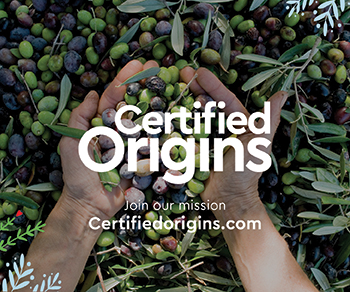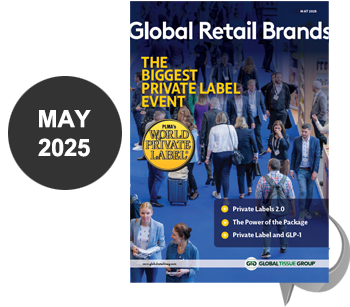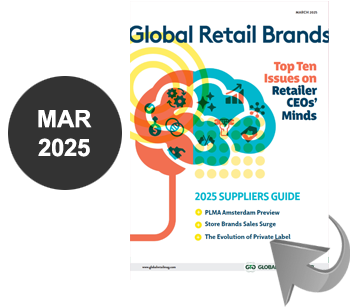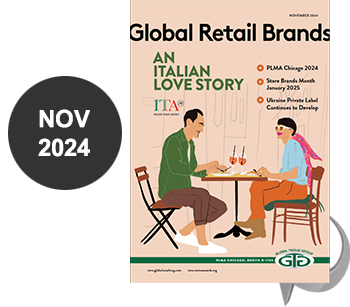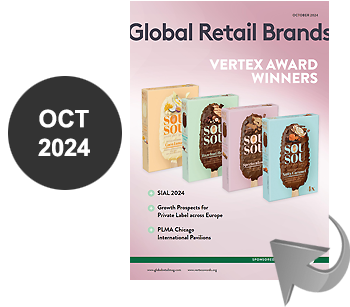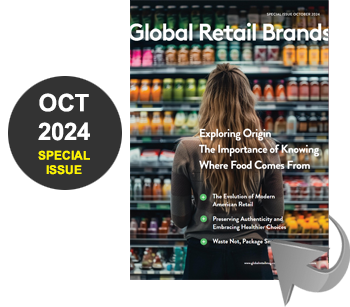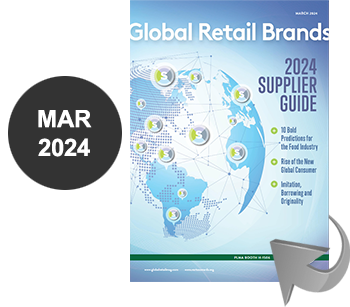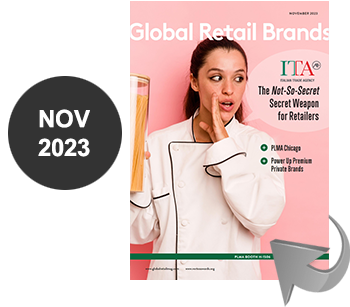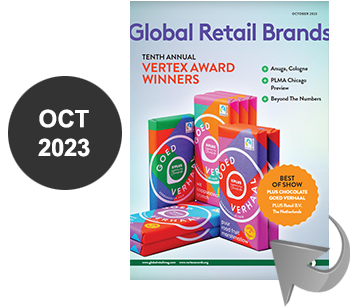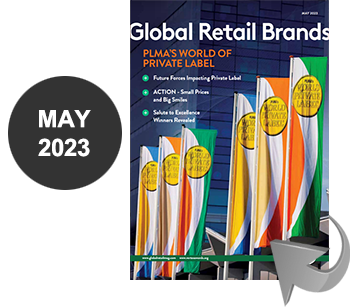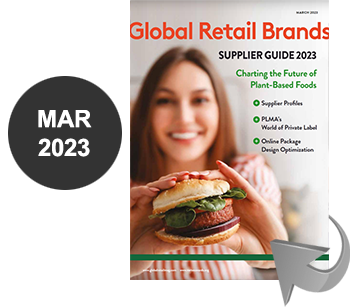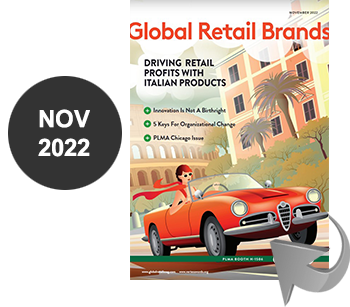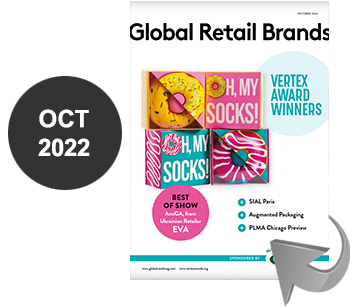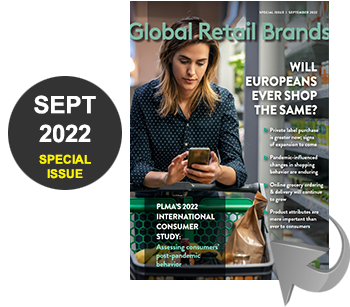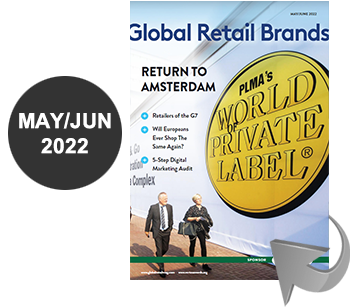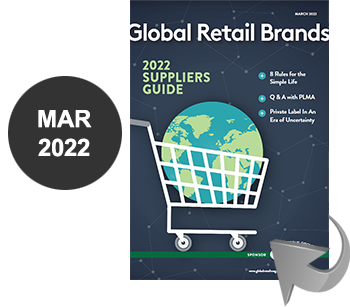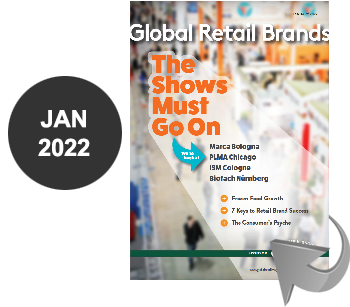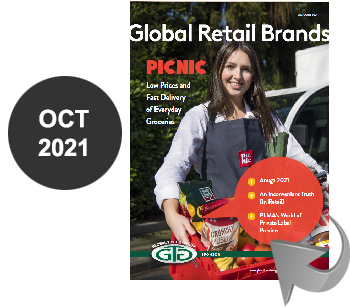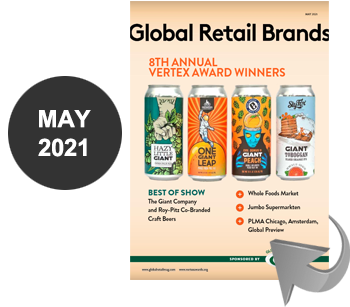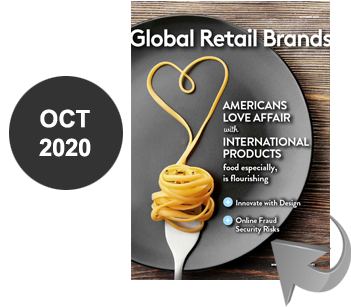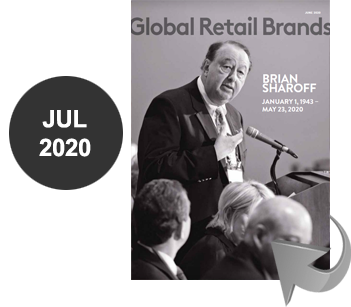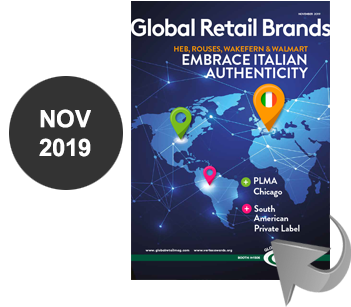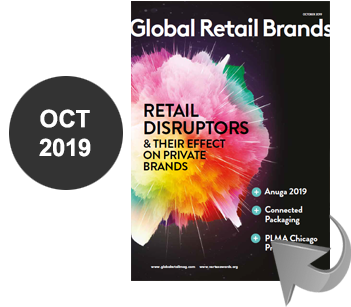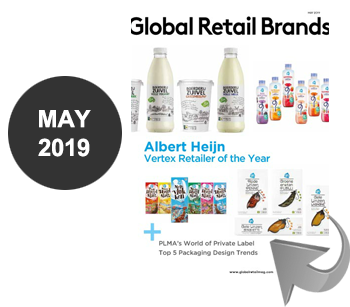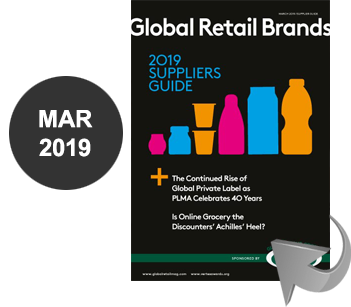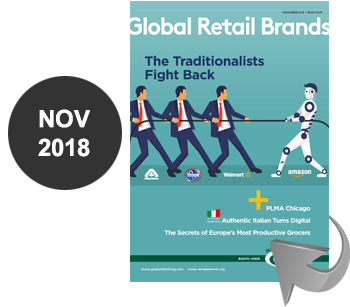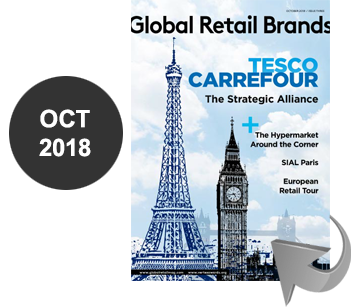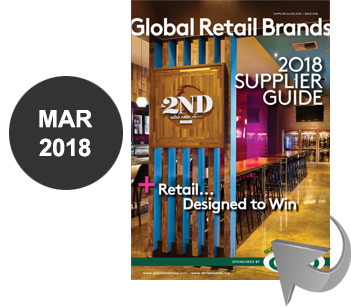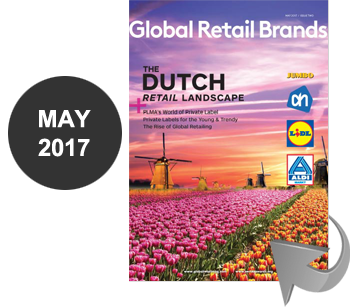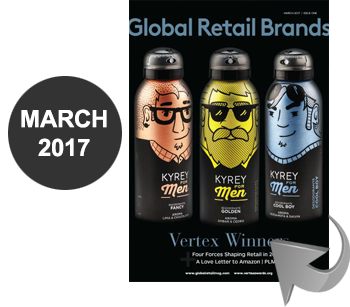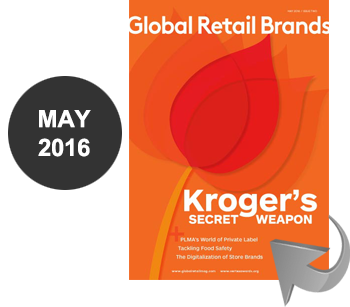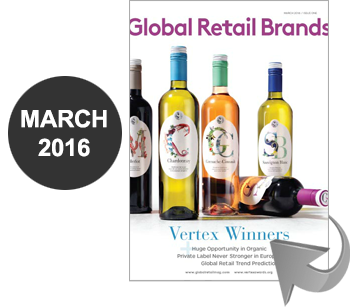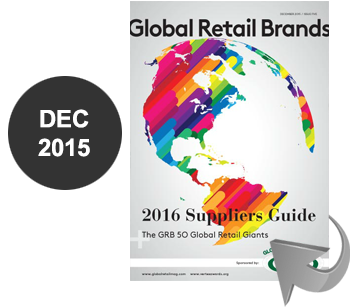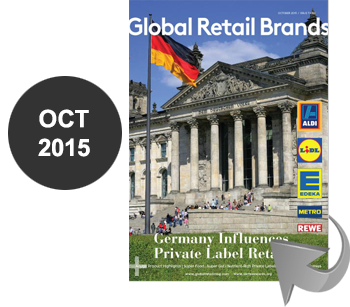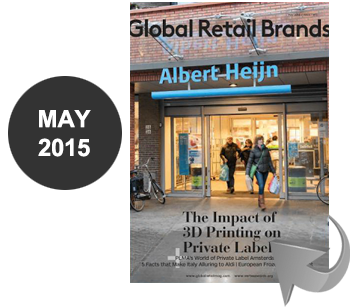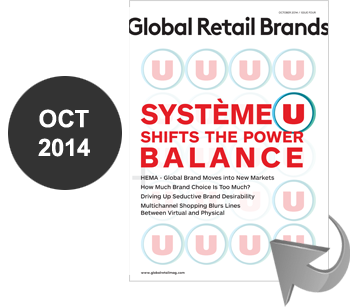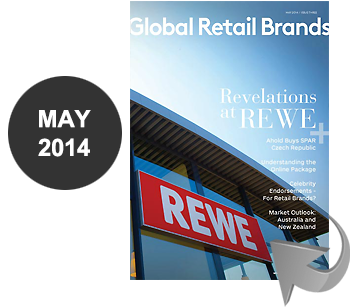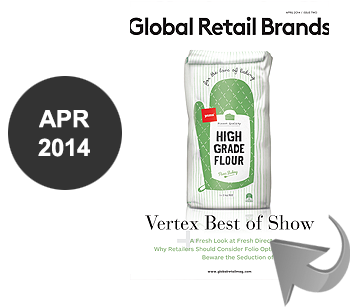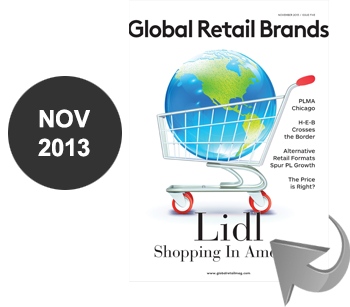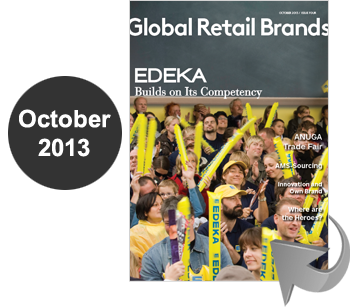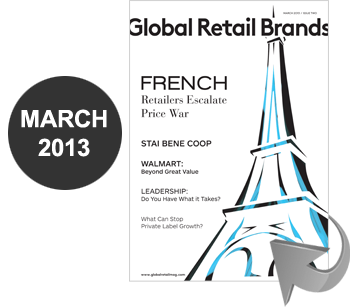By Stephen Kaufman, Chief Technology Officer, SGK

Many people gloss over or fail to fully comprehend nutritional information on food labels. But that’s about to change. And it’s not just because people are becoming more conscientious about what they eat. It’s also because the information is about to become easier to understand and much harder to overlook on the label.
Growing nutritional awareness combined with requirements for more prominently displayed nutritional information – it’s a recipe for greater consumer engagement with packaging. Some brands will see it as a challenge to be overcome. Others will see it as an opportunity to be capitalized on.
In the European Union, EU Regulation 1169/2011 establishes a new legal framework for providing food information to consumers. Ratified in September of 2011, with full compliance for most companies required by December 13, 2014, this new regulation provides approximately 55 pages of rules intended to standardize the presentation of food information and lower the administrative burden of tracking data. And, most important, to ensure consumers have complete, unambiguous, highly legible information about the foods they plan to eat prior to purchase.
Allergen information
Prior to the new regulation, many products displayed an “Allergens Table” somewhere on the package. But now, all allergens will need to be shown in the list of ingredients and highlighted through a typeset that clearly distinguishes it from the rest of the list of ingredients. This keeps mom from having to read the ingredients first, and then scour all the other panels to look for egg yolks, whey, crustaceans, or products made with a part from one of the 85,000 extant species of Mollusks.
More prominence for secondary information
The new rules require clear expression of many facts not related to the ingredients themselves – such as net quantity, “use by” date, storage conditions, country of origin and instructions for use. While there are some exceptions based on the overall size of the product, most packages will show more information, in a larger format, than ever before. Paradoxically, there is a push from the sustainability end of the packaging spectrum to lower the amount of post-consumer waste, while at the same time, the 1169 rules dictate the need to hold more information. Expect to see your favorite packages stuffed even more tightly with info.
Distance Selling
The most interesting part of the new EU food labeling regulation concerns pre-packaged foods offered for sale by means of distance communications. For example, a candy bar sold through Amazon. The regulation states “information shall be available before the purchase is concluded,” and “without charging consumers supplementary costs.” This means brands need to coordinate the information printed on the package with information displayed on any number of online retail sites.
New food labeling regulations are coming to the U.S. as well. For example, the Food and Drug Administration announced on February 27 that there would be:
- Much more prominent display of information such as serving sizes and calories
- A requirement that serving sizes reflect what people actually eat at a typical sitting, not the smaller amount they “should” be eating
- More prominent display of daily value percentages for nutrients, along with information about what the values mean
- Changes in label information based on new understanding of nutrition science – such as requiring information about added sugars, updating the daily values for certain “nutrients of public health significance,” emphasizing the importance of avoiding certain kinds of fat rather than focusing on total calories from fat, and so on.
Congress is also taking action. For example, H.R.3147, recently referred to a House subcommittee, would require labels to prominently display on the front panel information such as the percentage of wheat or whole grains included in products marketed using terms such as “multigrain” or “whole wheat,” as well as the inclusion of sweeteners, coloring or flavoring. It would also require new formatting to improve readability of important information on nutritional content and maintaining healthy dietary practices.
The new regulations would also prohibit misleading information such as touting low cholesterol in a product containing significant amounts of trans fats. Removing misleading claims might simplify packaging copy to a degree. However, New Food Labeling Regulations are coming. Are you ready? The greater effect is to increase the amount of information, the burden of managing it, and the challenge of keeping the package attractive overall. All of this is good for consumers, and it can be good for brands as well – but only if they handle the changes in a thoughtful and systematic way.
Beyond avoiding mistakes, smart brands will be using new food labeling regulations as an opportunity. Some regulations – for example, the front-panel disclosures proposed in the U.S. – will require substantial modifications to package design. Rather than seeing this as a burden, it can be an opportunity to refresh the brand through new package design, messaging, promotions or even nutritional improvements to the product itself.
All of these possibilities are best addressed early and holistically – not dealt with in isolation from the need to comply with new labeling requirements.
It’s worth noting that pharmaceutical companies face the same kinds of regulatory challenges – and should also be looking for ways to turn labeling requirements into opportunities to improve brand performance. Both food and pharma industries can make it to the other end of the wire, by employing a centralized system for managing copy, artwork and digital assets across all the brand’s manifestations, globally.
Brands need to have a plan in place for managing the many print and digital redesigns that will be required to deal with new regulations that are already in place in the European Union, and soon to come in other regions.
Are you ready?
Stephen Kaufman is a visionary leader able to connect technology enablers to real business challenges in user-friendly ways. As such, he directs the development and implementation of strategic technology solutions for SGK around such pressing client business issues as globalization, supply chain integration, process automation and environmental sustainability.
Kaufman joined SGK in 1993 where he has held a number of technology leadership positions, pioneering the development of what was then the industry’s first digital asset management system designed specifically to meet the stringent requirements of the consumer products packaging sector. Today, this product is marketed under the name BLUE!™ and continues to be implemented globally by industry giants in consumer products, retailing and life sciences. BLUE! gives brand owners the ability to centralize product information and brand assets for easy control, and to automatically distribute approved versions across channels to simplify regulatory compliance – and assure overall package quality and appeal. www.bluesoftware.com

